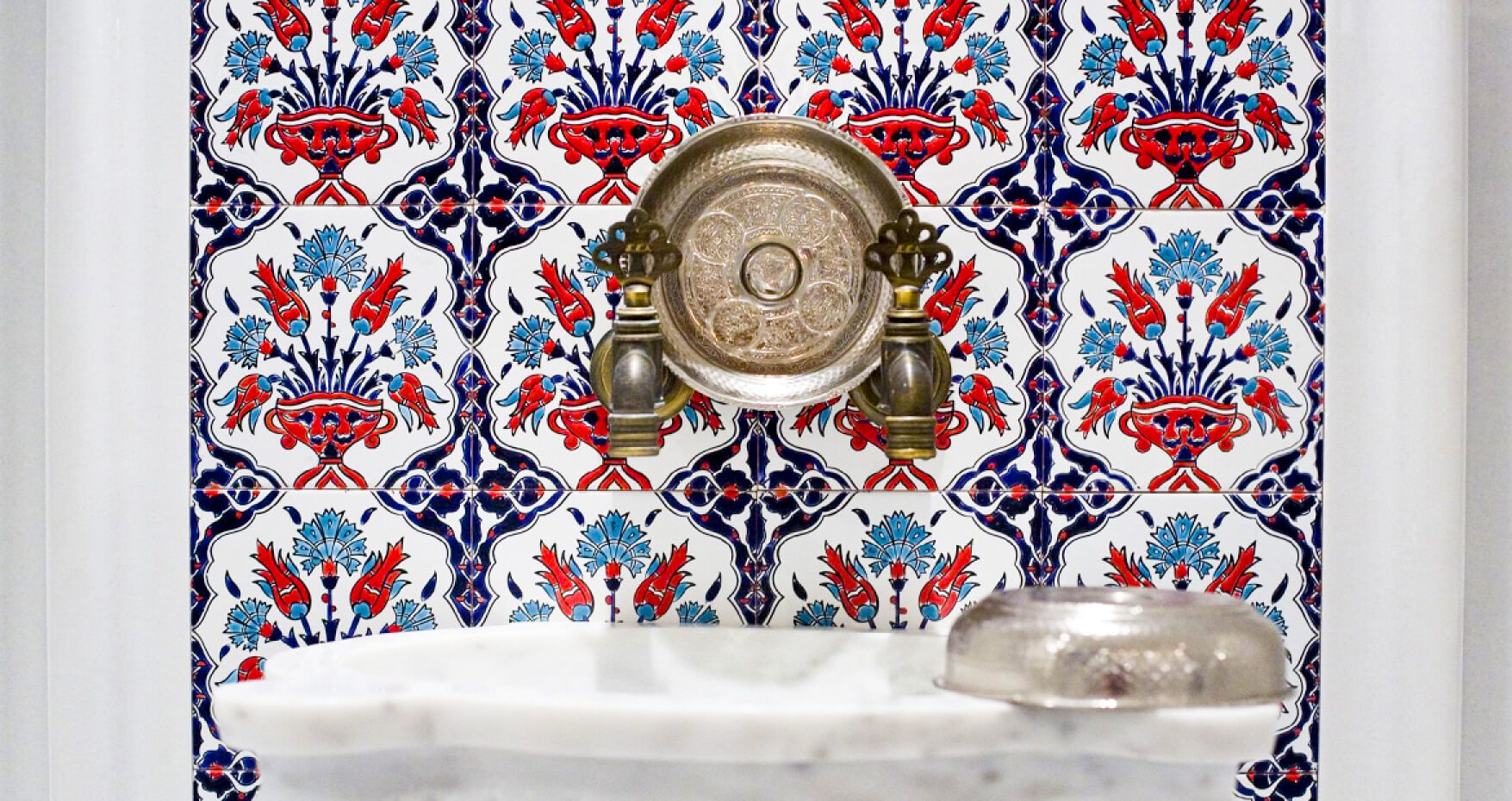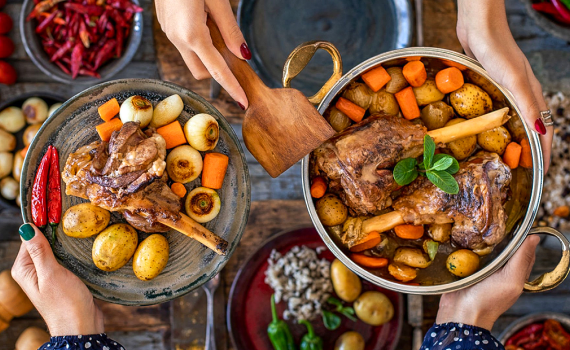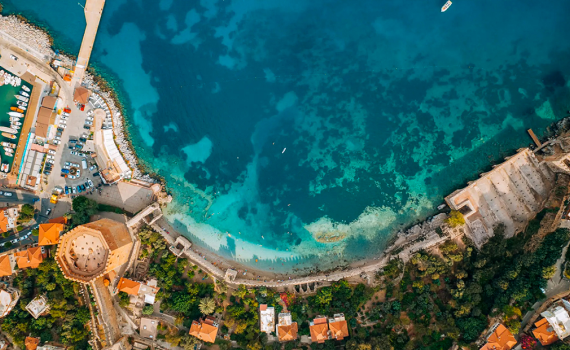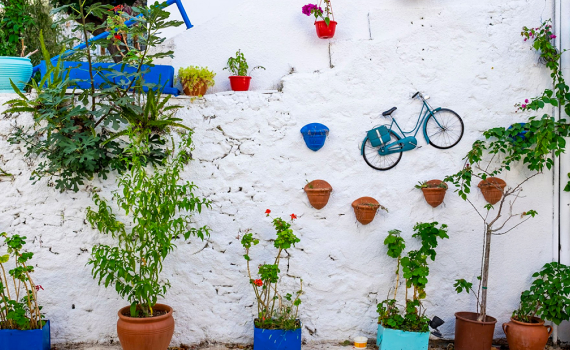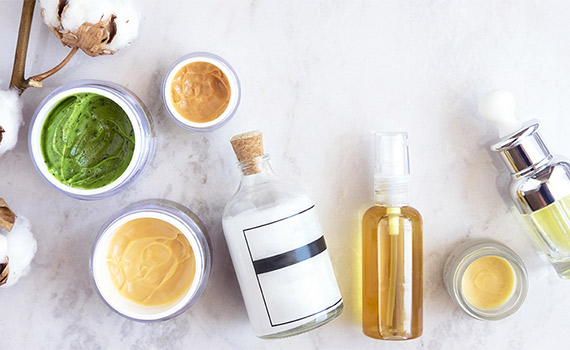A Turkish bath has long been seen not just as a place to cleanse the body, but as a sanctuary for purification, relaxation, and social bonding. Evolving from the Ottoman Empire to today, this timeless tradition offers a cultural experience that comforts both body and mind, gently easing the passage of time.
The Guideline of the Turkish Bath
For centuries, the Turkish bath has embodied a rooted ritual of purification and renewal. The warmth of steam, the smooth touch of marble, the lightness of soap bubbles, and the serenity of silence, Turkish bath creates an atmosphere of profound relaxation.
Origins and Core Rituals of Turkish Bath
The Turkish bath tradition emerged as a fusion of Roman bathing culture and the cleansing customs brought by Turks from Central Asia. During the Ottoman era, the hamam became a ritual of cleanliness and social life for both nobility and commoners. A typical hamam consists of three main chambers; Soğukluk (cold room), Ilıklık (warm room) and Sıcaklık or hararet (hot room). In some smaller hamams some of the rooms may not be available.
Upon entering, guests rest briefly in the cool room to acclimate. They then move to the warm room, where pores begin to open. Finally, they proceed to the hot room, the most intense stage, where the body warms, muscles relax, and toxins are released through perspiration.
At the center of the room hararet lies the göbek taşı, a large heated marble platform considered the heart of the bath. Lying upon it eases muscular tension. Kese (exfoliation) and köpük masajı (foam massage) are applied on this marble platform. Throughout the ritual, tranquility reigns: the scent of soap, steam, and warm marble transports one into a timeless state of calm.
Hamam Etiquette: What to Wear and Bring

Hamam etiquette is rooted in both hygiene and respect for others. Guests traditionally wrap themselves in a peştamal, a thin cotton cloth worn around the body. Women typically wear swimwear bottoms or a bikini, while men wear shorts. Full nudity is neither customary nor appropriate.
Essential items to bring include slippers, soap, shampoo, a scrubbing mitt (kese), a clean change of underwear, a hairdryer, and towels. Although most hamams provide these, bringing your own ensures better hygiene and comfort.
The Peştemal: A Timeless Symbol
The peştamal is one of the most iconic symbols of Turkish bath culture. Traditionally woven from cotton, in modern variations, it is blended with bamboo or linen. So, when it covers the body, it absorbs sweat and water quickly.
Classic designs feature red, blue, and white stripes, while modern versions often come in muted tones or minimalist patterns. Beyond the hamam, peştemals are also used at beaches, spas, saunas, or even at home after a shower.
Choosing the Right Peştemal
A right peştamal enhances comfort and hygiene in hamam. Cotton options offer superior absorbency, while bamboo blends feel luxuriously soft. A quality peshtemal preserves its color and texture even though it is washed many times. One tip to know before buying a peştamal is considering thread density, fabric thickness, and edge stitching for durability.
Exfoliation & Foam Massage: Ritual Steps and Benefits

The most rejuvenating part of the hamam experience is the kese and foam massage. It is not only beneficial for the skin but also the blood circulation. After warming the body on the marble platform, the tellak (attendant) uses a special silk glove to gently but effectively scrub away dead skin cells, leaving the skin smooth and renewed.
Next, a rich foam is prepared by whisking olive oil or glycerin-based natural soaps in a cloth bag, creating a cloud of silky bubbles that envelop the body. The combination of natural oils and cleansing soap both moisturizes and refreshes the skin, while the cleansing effect leaves a relaxing and refreshing sensation. Just like a SPA experience, rinsing with warm water at the end of the massage both relieves muscle tension and brightens the skin.
Turkish Bath vs. Sauna vs. Spa

Although often compared, hamams, saunas, and spas originate from different cultures and offer distinct experiences. Turkish Bath is a water and steam based cleansing ritual which includes a direct contact with marble surfaces. Callos SPA
Sauna, on the other hand, is a Scandinavian tradition using dry heat for sweating and detoxification. In a hamam, humidity is high (80–100%), while in saunas the humidity level is low (10–20%). Callos SPA centers have modern wellness concepts, compared to sauna and hamam, combining massage, aromatherapy, skincare, and mud therapy, often integrating both dry and wet treatments.
10 Practical Tips for First-Time Visitors
Someone visiting a Turkish bath for the first time may find it difficult to get used to the environment at first. Therefore, you may want to consider these suggestions:
- Choose the right time: Mornings are quieter; evenings tend to be busier.
- Bring your own towel and slippers: Although most hamams provide these, bringing your own ensures better hygiene and comfort.
- Always wear a peştamal: It is an indispensable part of the culture, it ensures modesty and ease of movement.
- Stay hydrated: Since heat causes sweating, remember to drink plenty of water before and after.
- Acclimate first: Spend time on the marble platform for a while to adjust to the heat.
- Don’t skip the kese: It is the most beneficial step for deeply cleanses and renews the skin.
- Try the foam massage: It’s both soothing and invigorating.
- Remove jewelry and makeup: For comfort and safety.
- Eat lightly beforehand: Avoid entering the bath on a full stomach to avoid discomfort.
- Rest afterward: Your body will feel relaxed and light, take time to unwind.
With these suggestions, you will enjoy the Turkish bath better.
Seven Types of Baths and Their Differences

There are numerous types of baths under different concepts in Türkiye that offer a uniquely distinctive and memorable experience.
Turkish Bath (Hamam)
It is a legacy of Ottoman culture. Traditional hamams feature a göbek taşı (heated marble platform), as well as three main chambers, the hot room (hararet), the warm room (ılıklık), and the cool room (soğukluk). The kese (exfoliation) and foam massage rituals are essential parts of the experience.
Roman Bath (Thermae)
It originated in Ancient Rome. These grand bathhouses were vast social spaces, not only for bathing but also for conversation, relaxation, and exercise. They typically included three sections: the caldarium (hot room), the tepidarium (warm room), and the frigidarium (cold room).
Finnish Bath (Sauna)
Known for its wooden interiors, extremely high temperatures, and low humidity, the Finnish sauna centers on inducing sweat for purification. Instead of exfoliation, the ritual usually ends with a cold shower or an ice bath.
Russian Bath (Banya)
Similar to the Finnish sauna but more humid, the Russian banya includes the tradition of gently striking the body with birch branches called venik to stimulate circulation and refresh the skin.
Arab Bath (Hammam / Maghrebi Hammam)
Resembling the Turkish bath but simpler and smaller in design, the Arab hammam has deep roots in Islamic culture and was historically used for ritual purification as well as relaxation.
Japanese Onsen and Sento
Onsen refers to traditional hot springs that use naturally heated mineral waters. Sento, on the other hand, are public bathhouses found in cities, using heated tap water rather than natural sources.
Thermal Bath
Built around natural hot springs rich in minerals, these baths are primarily used for therapeutic and wellness purposes, offering both relaxation and health benefits.
Rest and Nutrition After the Bath

After a hamam session, rest is essential for the body to regain balance. The steam and heat cause significant fluid loss, so hydration is key. Drinking water, herbal tea, or fresh fruit juice is ideal.
Light, refreshing foods such as yogurt, soup, fruit, or salad help the body cool down and recover.
Avoid cold showers immediately after; instead, use lukewarm water to normalize circulation gradually. At Calista, the most luxurious resort in Antalya, every detail is thoughtfully curated to ensure an experience of pure well-being, from the authentic Turkish bath ritual to the relaxation after the experience.



